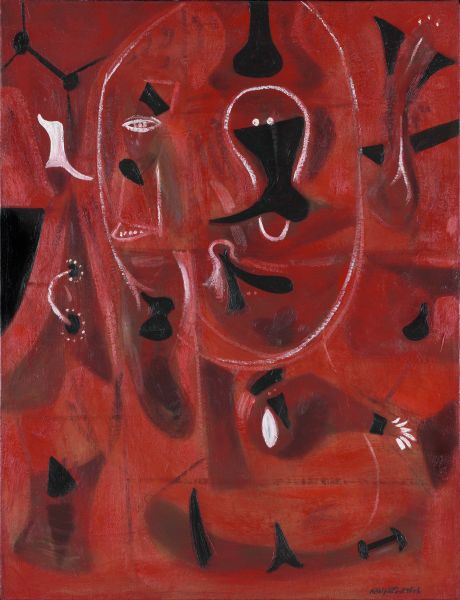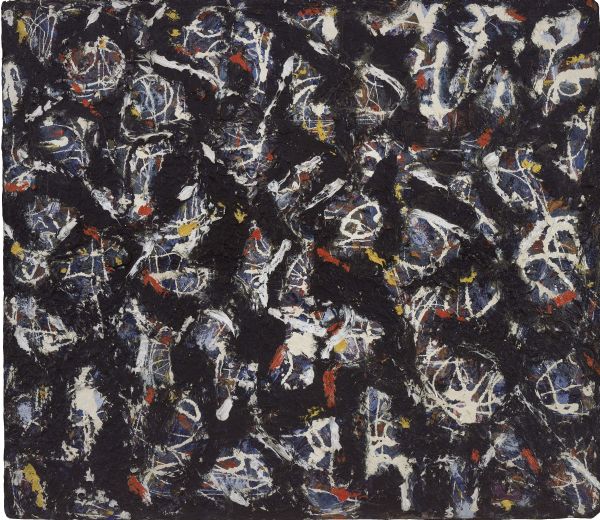Masterpieces of Painting in the Collection of the IVAM
Past, Present and Future
The starting point is set in the international avant-garde movements between the two World Wars, when the formalist model was first called into question. Another of the collection’s characteristics is the attention devoted to Spanish and international art produced in the 1950s and thereafter, as was corroborated by acquisitions of the Informalist and Abstract Expressionist art of those years, epitomised by the decisive figures of those movements, Tàpies, Chillida, Millares and Saura, and also by artists more representative of the following decade, such as Equipo Crónica and Eduardo Arroyo. The IVAM’s collection has now succeeded in going beyond those chronological boundaries and taking in the latest developments in this discipline of art. To achieve a more dynamic spatial arrangement we have opted for a tripartite division, with three sections whose titles are FIGURE, NORM and ACTION, located in the museum’s galleries 1, 3 and 4, respectively. The designation FIGURE clearly places emphasis on the visual narrativity of much of twentieth-century and current painting. Indeed, “figurative painting” has been most abundant, especially in the interwar period, which was marked by the “return to order” and, above all, by the – not just political – sense of urgency of the 1930s, and it then reappeared after the Second World War, basically in the form of Pop Art and its many metastases and derivatives. In this section we have also sought out various examples that stand apart from this main trend, as some kind of indication of its predecessors and descendants. In the section titled NORM, which covers the analytically oriented non-figurative trend in painting, we have included some of the historical examples of Geometrical Abstraction, which began in the second half of the 1920s, formed a more organised whole in the 1930s and then took on a new lease of life after the Second World War. Alongside Normative Art, in abstraction or non-figurative or aniconic painting – designations that in themselves show the uncertainty about classifying these trends unequivocally – there was an approach that was more expressive than analytical, which appeared almost at the beginning of abstraction and has remained operative until the present. The peak period for this tendency was after the Second World War, with Abstract Expressionism in America and other, similar versions in contemporary Europe, prominent among which were those of the COBRA group and the so-called Informalist painters, among whom several Spaniards were especially important. This block, which we have called ACTION, concentrates on the dimension of pure matter and the sheer gesture of painting. Precisely because of the influence of Spanish artists in this movement the IVAM collection has placed particular emphasis on Action Painting, which may be the best term to cover the polymorphic sense of work based on automatism. The exhibition’s subtitle, “Past, Present and Future”, seeks to indicate that this is not a closed collection and attempts to glimpse an opening, with items that fulfil the modest function of pointing to a possible way ahead for an enterprise that already has a quarter of a century of history behind it, while ensuring that this selection fits in smoothly with the backbone of the collection.
































